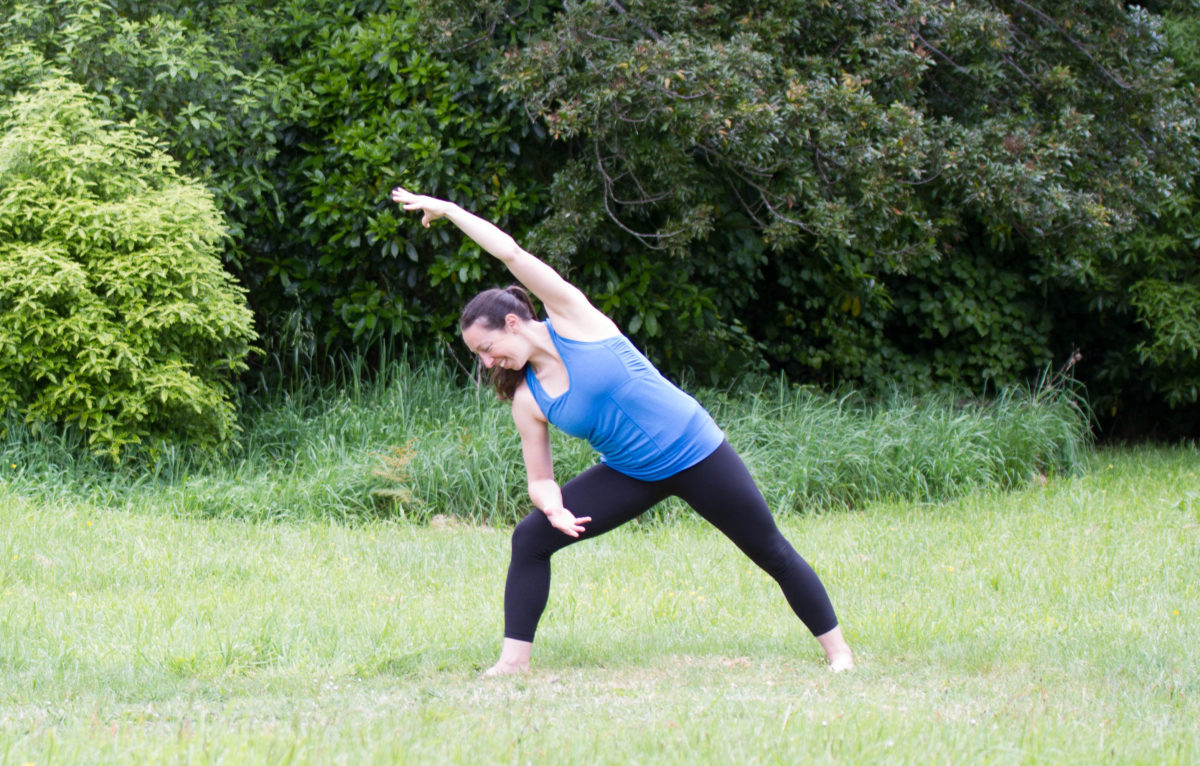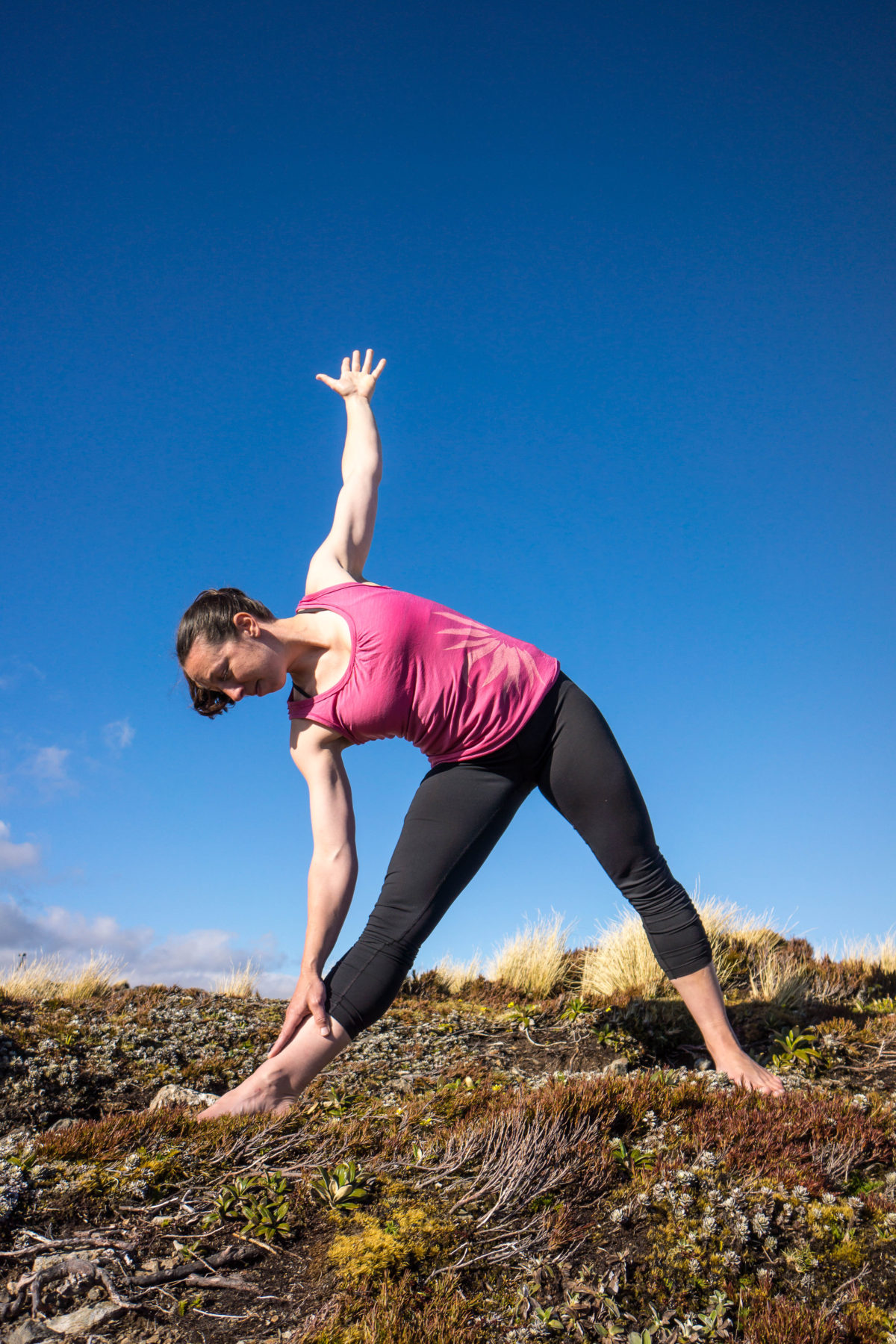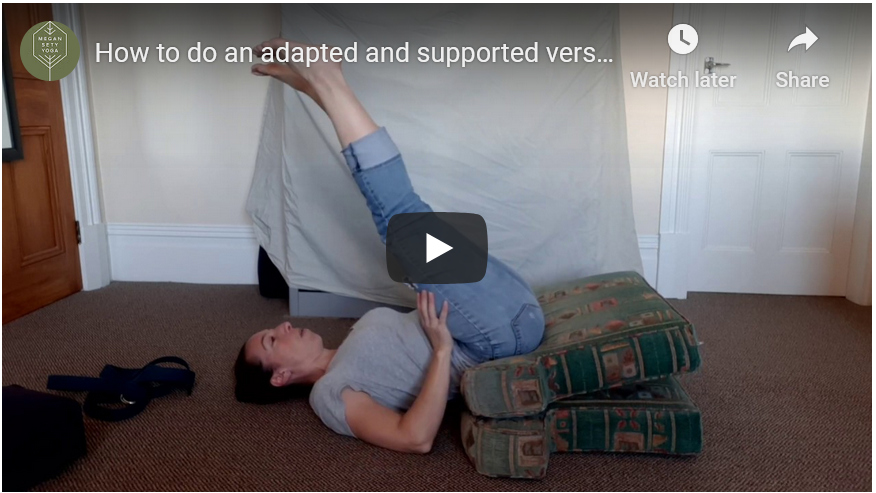Woohoo! Aotearoa New Zealand has made it to Level 1! My Wednesday night yoga classes will hopefully start next week at a new location (details soon, once they are finalised)!
The media is awash with photos of people in yoga poses. The vast majority of these images show the most advanced or complicated version of the position. This sets an expectation of what a yoga pose should like when we try it ourselves and it also implies the goal is that appearance or version of the pose.
But this misses the whole point. Any yoga pose will have a number of benefits that might include stretching or strengthening, relaxing, focusing, improving balance, changing blood flow, stimulating acupuncture meridians and much more. Those benefits are the goal. You can experience those benefits in many variations and much more mild versions of a pose. Which means you don’t need the advanced version.
But there’s more to it than that. Sometimes doing the advanced version can actually prevent you from feeling those benefits (in addition to the obvious risk of injury when pushing your body too far). This can happen for a variety of reasons. You could strain or get tense preventing your body from relaxing and even causing further tension. More flexible joints and muscles will compensate for the difficult position removing the chance to stretch the parts of your body that are tight or tense. When a position becomes hard or difficult, you can lose subtle body awareness.
It’s easy to ignore advanced poses that aren’t possible for your body, but what about pulling back even from advanced positions that are easy for body?
Here’s an example from my own practice with extended side angle pose (utthita parsvakonasana):


There is only one difference in setting up the physical position of my body (technically): in the first version, my left elbow is resting on my knee and in the second version, I’ve put my left hand on the ground. But this translates into a number of differences in my back, hips and legs.
A key benefit of this pose is to stretch the side of the body (with the left leg forward, it stretches the right side of the torso/back). This side stretch is deeper and more effective when the opposite side is shortened and muscles are contracted (think left armpit moving towards left hip). But when I lower my body down, the bend moves from the side of my torso to my more flexible hips and pelvis. Not only do I lose the stretch, but I move my hips into a deeper (and for me) less healthy range of motion. I also sink lower to the ground and as a result lose some of the strength and balance in my muscles that help protect my body from injury.
So while the slightly more advanced version is easy to get in to, it doesn’t actually give me as much benefit and can also make my hips feel worse.
My yoga classes typically only feature the less advanced versions of yoga poses because you can find the benefits in those versions, they are more accessible to more people, and they give us all a better chance of developing better body awareness.
So the next time you are doing a yoga pose, forget about that last instagram photo, and think about what you are feeling in the position. Check out my posts on less is more and knowing which option to choose to explore further what to think about when you are exploring feeling in your body.
If you want to explore this yoga pose, here are step-by-step directions for Utthita parsvakonasana or extended side angle pose 101 and a bit more about the body position in this pose to get an effective stretch.




